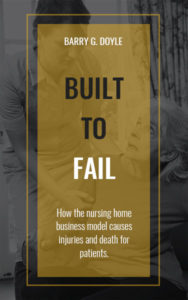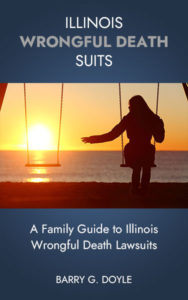Coumadin is a “blood thinner” that is commonly given to residents at nursing homes. A “blood thinner” is an anticoagulant drug. These are intended to prevent the development of clots and prevent the occurrence of serious medical conditions such as heart attacks, strokes, and pulmonary emboli.
While there are legitimate, significant medical benefits to be had from using Coumadin, its use also has risks. The anticoagulant properties of the medication which makes it so useful for addressing the risk of blood clots also means that there is a risk of uncontrolled bleeding following a fall. Obviously, a nursing home resident can have a scrape or a cut as a result of a fall, but there are two more serious types of bleeds which can happen as a result of a fall.
The two serious types of bleed that can occur as a result of a fall in a nursing home are:
- A “brain bleed” also known as an intercranial hemorrhage or a subdural hematoma. Essentially what happens is that the brain suffers trauma as a result of sustaining a blow in a fall and because the blood does not clot properly, the bleeding of the small blood vessels in the brain continues unabated until there is a collection of loose blood in the brain cavity where it starts to put pressure on the brain and interfere with its normal operation; and
- Uncontrolled bleeding from fractures. Most people do not recognize it, but fractures bleed, and when someone on blood thinners suffers a fracture, there will be much more bleeding than you would see otherwise. This can cause a drop in blood volume which has its own set of medical consequences. Blood can pool putting pressure on nerves and complicating surgical repair of the fracture.
Because of the potential consequences to nursing home residents from the use of blood thinners from falls, there are two major implications for the nursing home staff with regard to falls:
- The staff needs to be aggressive in implementing fall precaution interventions. The Coumadin related consequences of falls come into play after the fall has already occurred. Therefore, the staff must be alert for changes in condition which require additional fall precaution interventions as well making sure that all of the steps that are part of the fall prevention care plan are implemented day to day, shift to shift.
- Once a fall occurs, it needs to be taken seriously. Physician notification is required after all falls, but is a step that must be taken without fail for a resident on Coumadin. Often a trip to the emergency room for a CT scan to check for internal bleeding is appropriate. If there is not apparent major bleed, then frequent neuro checks are required to check for developing signs of a brain bleed. Surgery to address the brain bleed is only effective if the signs of the bleed are detected early enough.
There are risks particular to the use of blood thinners that make falls for nursing home residents extra hazardous and these must be taken into account in caring for the resident both before and after a nursing home fall.


